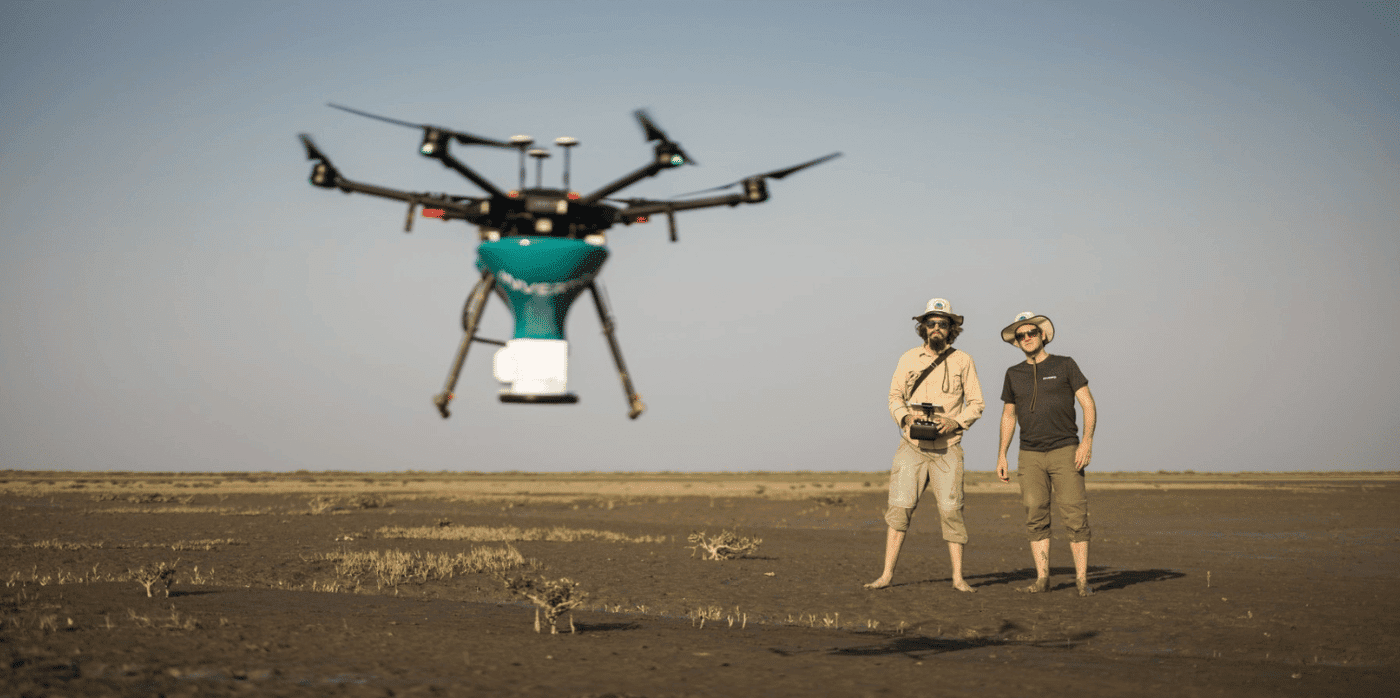Decarbonising domestic heating at scale

The International Environment Agency (IEA) considers heat pumps to be a central technology in the bid to decarbonise the way homes are heated, estimating that they could reduce global CO2 emissions by at least 500 million tonnes by 2030 – equal to all the cars in Europe today.
In the UK, domestic heating and air conditioning contribute around 14 per cent of the UK’s total carbon emissions, with the majority of UK homes – roughly 85 per cent – using gas boilers. In order to meet the UK’s net-zero goal, it’s estimated that 29 million homes will need to replace fossil fuel-powered heating systems by 2050 – a target that the UK government is not on track to meet.
But heat pumps have suffered from bad press in the UK, with critics often citing cost as a prohibitive factor to mass adoption. Cornish firm Kensa, the only company in the UK currently manufacturing ground source heat pumps, is hoping to change the narrative. Its system harnesses solar energy stored underground. Ground source heat pumps extract heat via loops of submerged pipes filled with a heat transfer fluid. The pump upgrades the energy into usable heat or reverses the process for cooling, storing the heat back in the ground until it’s needed.
In order to make this an affordable solution that works in areas with higher population densities, Kensa has worked in partnership with local authorities in Cornwall, Gravesend in Kent, and Thurrock in Essex to drill boreholes and install heat pumps in built-up areas, including high-rise towers. This ability to install shared systems, where the infrastructure is buried in the street and connects to multiple homes is – the company says – the 21st-century equivalent to the gas grid, and a way to positively impact the 3 million people living in fuel poverty in the UK. It keeps the costs of implementation down in tandem with reducing emissions – and that’s a win for everyone.
Video and article credit: RE:TV



